Introduction
Egg trays play a critical role in protecting eggs during storage and transportation, minimizing breakage, and enhancing the overall packaging efficiency in the poultry industry. The Egg Tray Production Machine is a specialized manufacturing equipment designed to produce molded pulp egg trays in large quantities, helping packaging companies, poultry farms, and distributors to meet increasing demand with sustainable and eco-friendly solutions.
These machines convert recycled paper and water into pulp slurry, then mold it into sturdy trays that securely hold eggs. With the rising global focus on environmental sustainability, egg trays made from biodegradable pulp have become a preferred alternative to plastic packaging.
This guide offers a thorough overview of egg tray production machines, detailing their parameters, key features, advantages, application scenarios, operational guidelines, and answers to common questions. It is crafted to assist potential buyers, operators, and industry professionals in making informed decisions and optimizing their production.
Key Parameters of Egg Tray Production Machines
Selecting the right egg tray production machine requires understanding its core technical specifications. These parameters influence production efficiency, product quality, and suitability for various scales of operation.
1. Production Capacity
Unit: Pieces per hour (pcs/h)
Range: 1000 to 10,000+ pcs/h depending on machine type and automation level.
Significance: Higher capacity machines are suitable for large commercial operations.
2. Mold Cavities
Typical Numbers: 12, 18, 24, or customizable cavities per mold.
Purpose: Determines how many egg trays are formed simultaneously, impacting output rate.
3. Power Supply
Voltage: Commonly 220V, 380V, or customized per region.
Power Consumption: Ranges between 5 kW to 50 kW depending on the machine and components like drying systems.
4. Machine Size and Weight
Dimensions: Length, width, and height vary widely; crucial for planning factory layout.
Weight: Heavier machines tend to be more stable but less portable.
5. Drying System
Types: Hot air drying, steam drying, solar drying.
Drying Time: Varies from 5 to 30 minutes based on technology and environmental conditions.
Effect: Ensures trays are hardened and moisture-free for strength.
6. Automation Level
Semi-Automatic: Manual feeding and unloading.
Fully Automatic: Includes pulp feeding, molding, drying, dewatering, stacking, and packaging.
7. Raw Material Compatibility
Features of Egg Tray Production Machines
Egg tray production machines incorporate a variety of features that enhance product quality and operational efficiency.
1. Advanced Vacuum Molding Technology
2. Interchangeable Molds
3. Energy-Efficient Components
4. User-Friendly Control Panel
5. Robust and Durable Construction
6. Automatic Pulp Feeding
7. Compact Design
8. Low Noise Operation
Advantages of Egg Tray Production Machines
Investing in egg tray production machines offers numerous benefits for businesses focused on packaging and sustainability.
1. Eco-Friendly Packaging Production
2. Cost-Effective Manufacturing
3. High Productivity
4. Customizable Products
5. Improved Product Quality
6. Simple Operation and Maintenance
7. Scalability
Application Scenarios for Egg Tray Production Machines
Egg tray production machines find applications in multiple industries and contexts.
1. Poultry Farms
2. Packaging Companies
3. Agricultural Produce Packaging
Molded pulp trays for fruits, vegetables, and seedlings.
Provides cushioning and breathability.
4. Industrial Packaging
Custom trays for electronics, glassware, and other delicate items.
Reduces transportation damage.
5. Recycling Centers
6. Small and Medium Enterprises
How to Use an Egg Tray Production Machine: Step-by-Step Guide
Proper use of the machine ensures efficient operation and high-quality output.
Step 1: Prepare Raw Materials
Collect waste paper, cardboard, or newspaper.
Shred into small pieces to facilitate pulping.
Step 2: Produce Pulp
Step 3: Load Pulp into Machine
Step 4: Set Operating Parameters
Adjust molding speed, vacuum pressure, and drying time via control panel.
Set according to product requirements.
Step 5: Mold Egg Trays
Step 6: Dry Trays
Use drying systems (hot air, steam, or solar) to remove moisture.
Trays become hard and durable.
Step 7: Unload and Stack Trays
Step 8: Clean and Maintain Machine
Maintenance Tips for Egg Tray Production Machines
Clean molds after every production batch.
Inspect vacuum pump oil and replace when necessary.
Ensure drying equipment is clean and functioning efficiently.
Check electrical components and connections regularly.
Replace worn parts promptly to avoid production downtime.
Frequently Asked Questions (FAQs)
Q1: What raw materials can be used in egg tray production?
Mostly recycled paper, cardboard, newspaper, and agricultural fibers mixed with water to make pulp slurry.
Q2: How long does it take to produce one egg tray?
Depends on machine capacity; typical cycle time ranges from a few seconds to continuous production of thousands per hour.
Q3: What drying methods are available?
Hot air drying, steam drying, and solar drying are commonly used depending on machine model and factory resources.
Q4: Can different sizes of egg trays be produced?
Yes, by changing molds, different sizes and cavity counts can be produced.
Q5: Are egg trays waterproof?
No, they are water-resistant but not waterproof unless treated with special coatings.
Q6: Can egg tray machines produce other molded pulp products?
Yes, by changing molds, machines can produce fruit trays, seedling trays, and protective packaging.
Q7: What maintenance does the machine require?
Regular cleaning, vacuum pump maintenance, drying system checks, and timely parts replacement.
Q8: How long do egg tray production machines last?
With proper care, machines can last 5 to 10 years or longer.
Q9: How much space is needed for installation?
Varies by machine size; small machines require a few square meters, while large industrial machines need more space.
Q10: Are these machines energy efficient?
Many modern machines incorporate energy-saving features, but power consumption depends on model and usage.
Conclusion
Egg tray production machines are essential for sustainable and efficient packaging in the poultry and other industries. Their ability to produce biodegradable, cost-effective, and customizable egg trays helps businesses meet environmental regulations and consumer demand for eco-friendly products.
Understanding machine parameters, features, and proper operation maximizes production efficiency and product quality. From small farms to large manufacturers, investing in the right egg tray production machine will boost productivity, reduce costs, and support environmental stewardship.
Company Profile
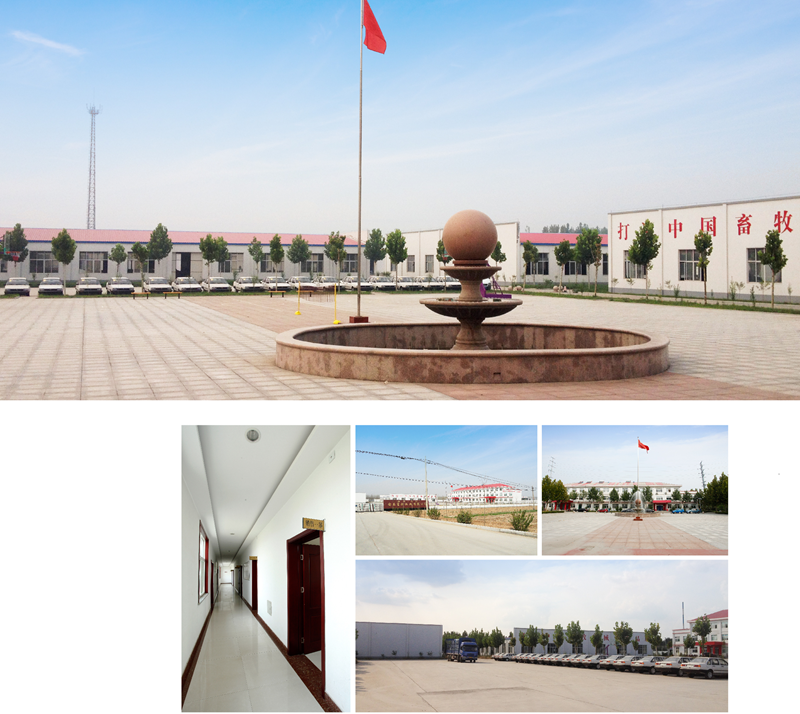
Shandong Huimin Qinle Livestock Machinery Co., Ltd. (formerly Shandong Huimin Qinle Livestock Machinery Factory) is a professional poultry equipment manufacturer with over 20 years of experience. We offer a comprehensive service package, from design (land and chicken coops), production (equipment and prefabricated steel coops), installation, commissioning, customer training, and after-sales service.
Located in Huimin County, Binzhou City, Shandong Province, China, the company has extensive experience in mechanical processing and manufacturing, as well as livestock machinery production and operation. With fixed assets of RMB 15 million, the company employs 160 people, including 30 R&D staff, and occupies a 40,000-square-meter factory. Equipped with over 110 pieces of advanced precision production equipment, including CNC machining centers and laser cutting machines, the company boasts a production capacity of RMB 50 million.
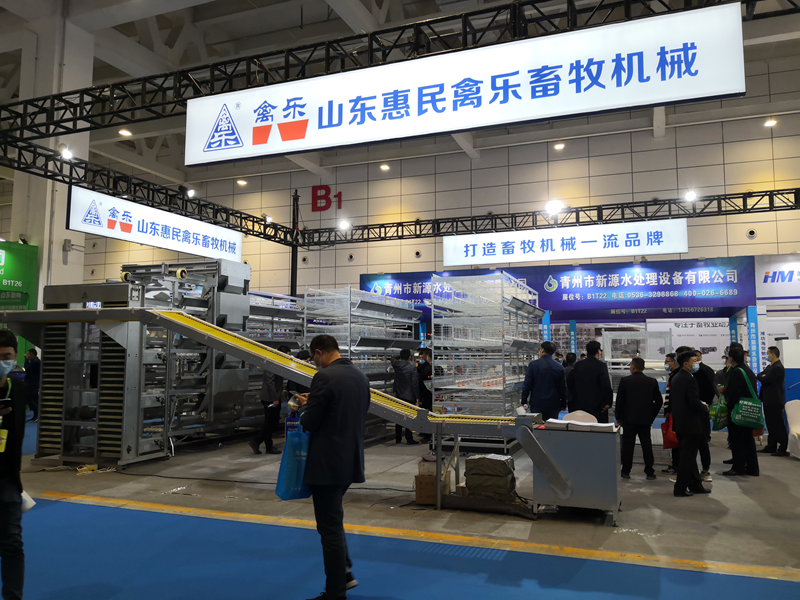


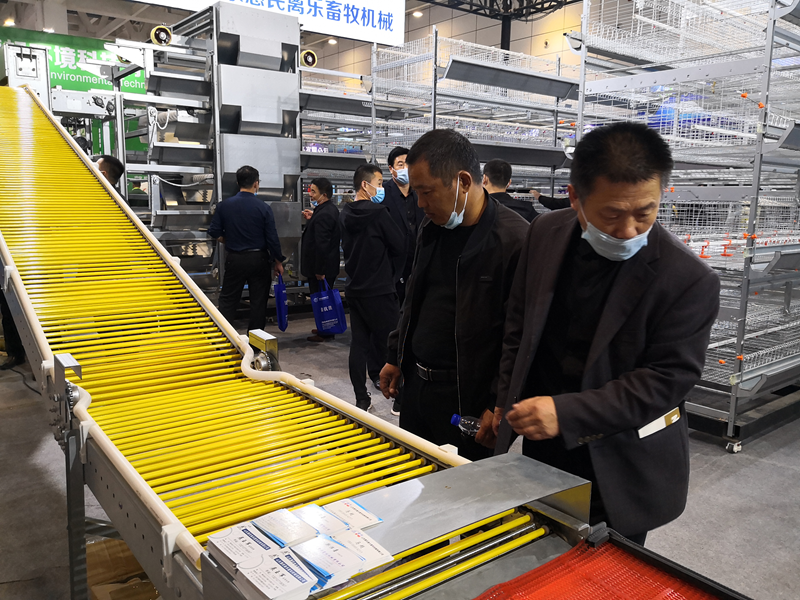
Chicken Farming Equipment Mesh Production Workshop

Machining Workshop

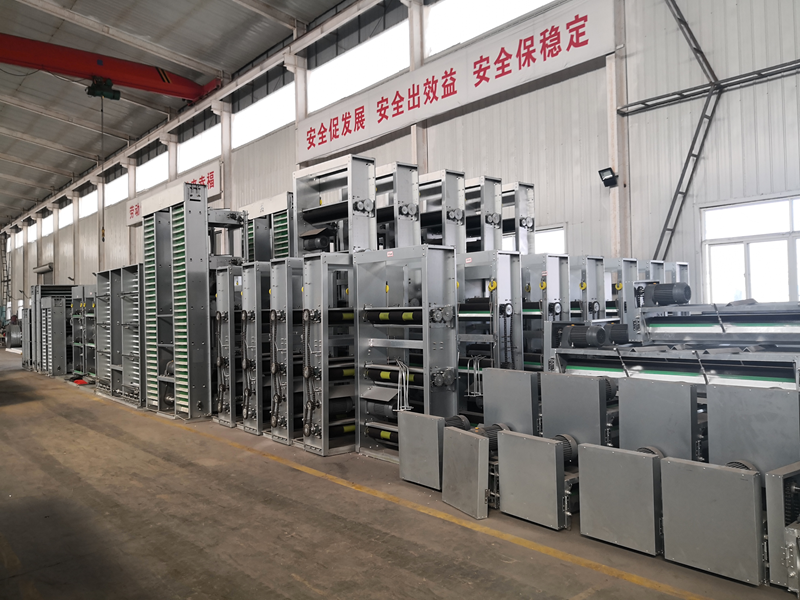
Turret-type CNC Punch Press, Laser Cutting and Other Machining Equipment



Fully Automated Roll Forming Production Line

Hot-dip Galvanizing Production Line

Electroplating Production Line

Environmental Protection Equipment

Chicken Farming Equipment Product Series
Egg-laying Hen Farming Equipment
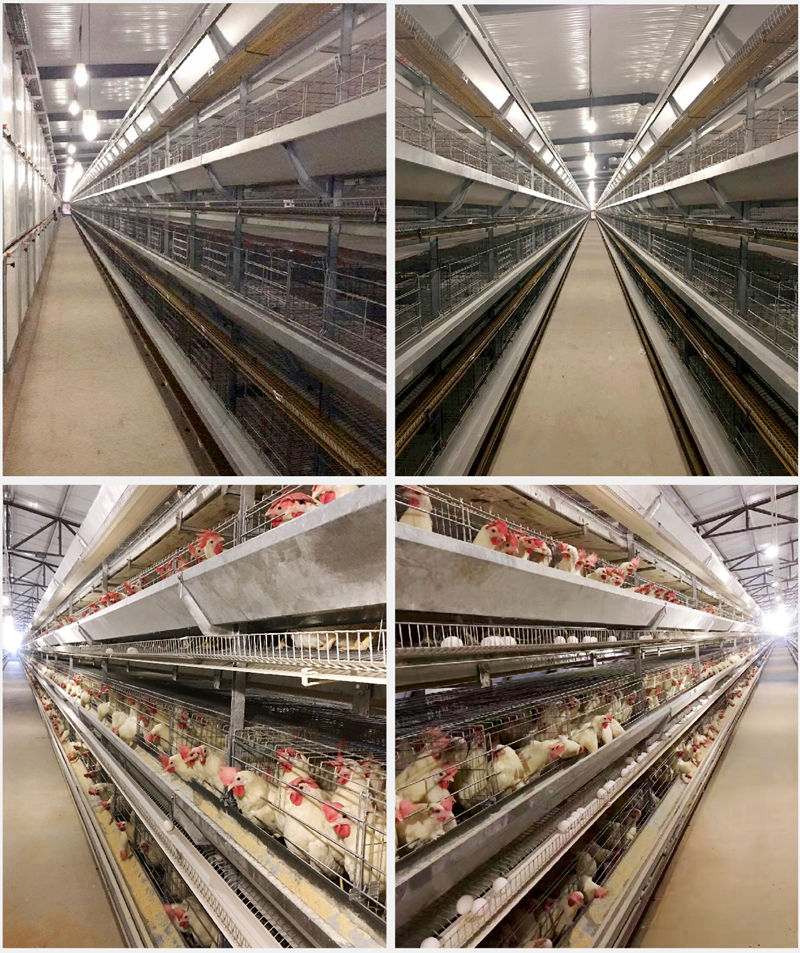
Stacked Brooding Cage Equipment

Stacked Broiler Cage Equipment
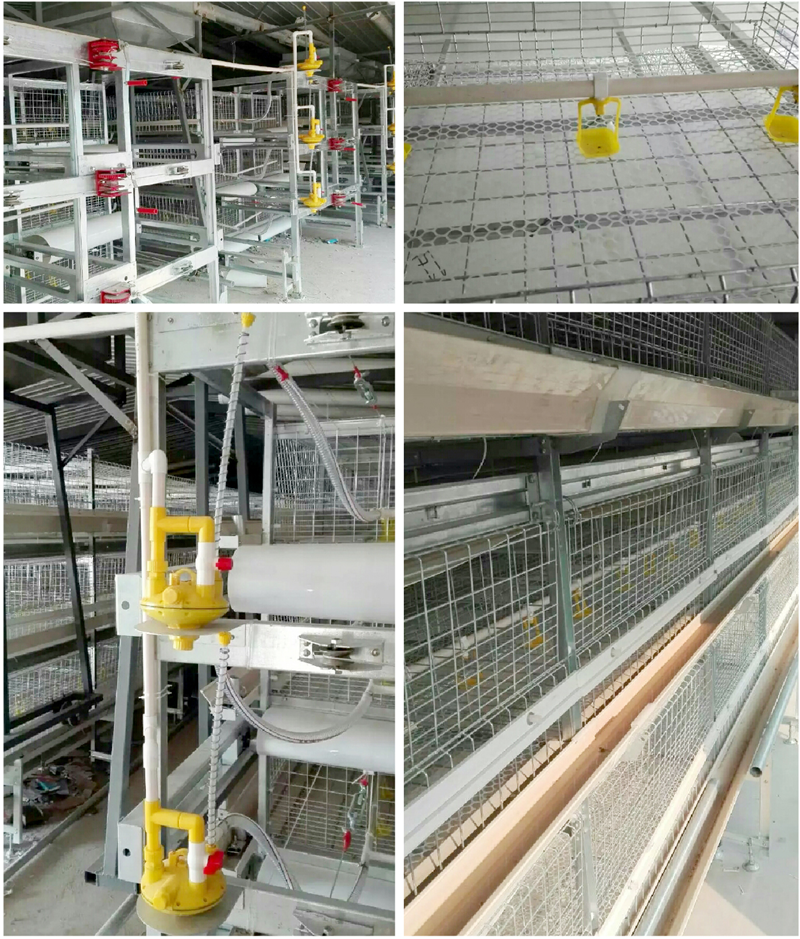
Stepped Layer Hen Cage Rearing Equipment
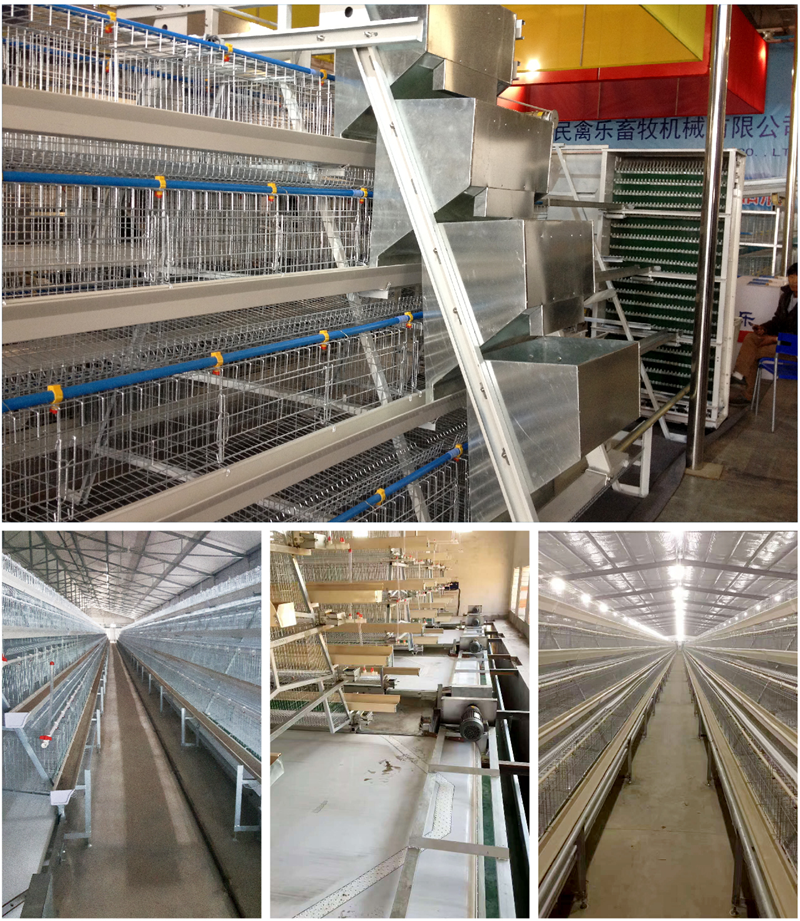
Automatic Egg Collection System

H-type Cage Feeding Machine
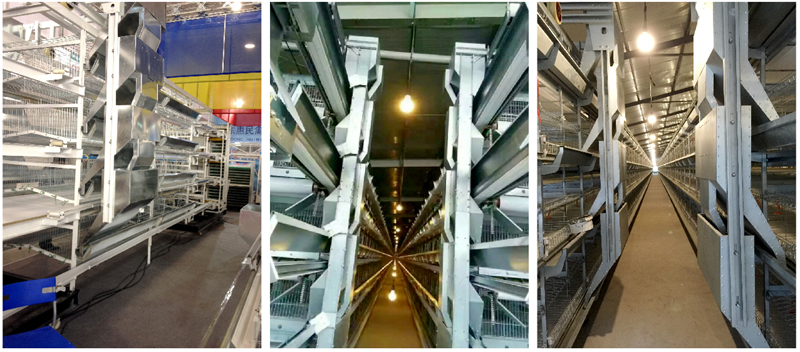
Stepped Cage Straddle Feeder
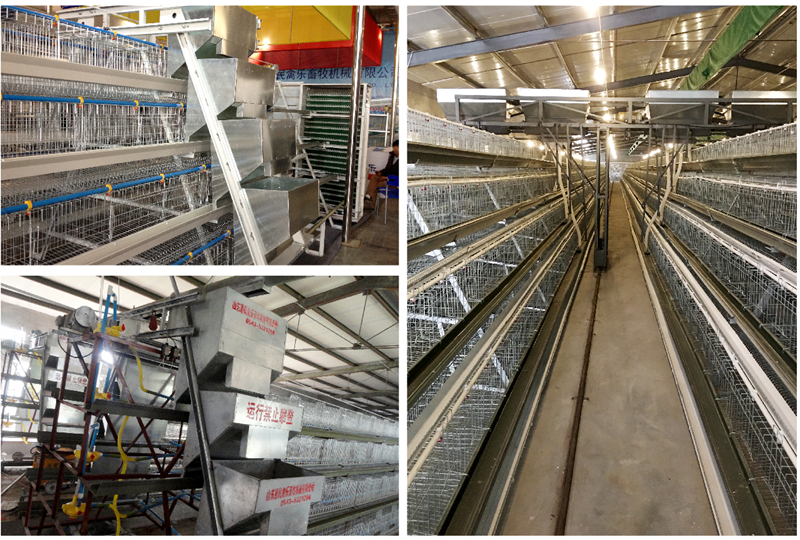
Manure Removal Machine

Fans, Heated Curtains, Environmental Control Systems, and Lighting Equipment
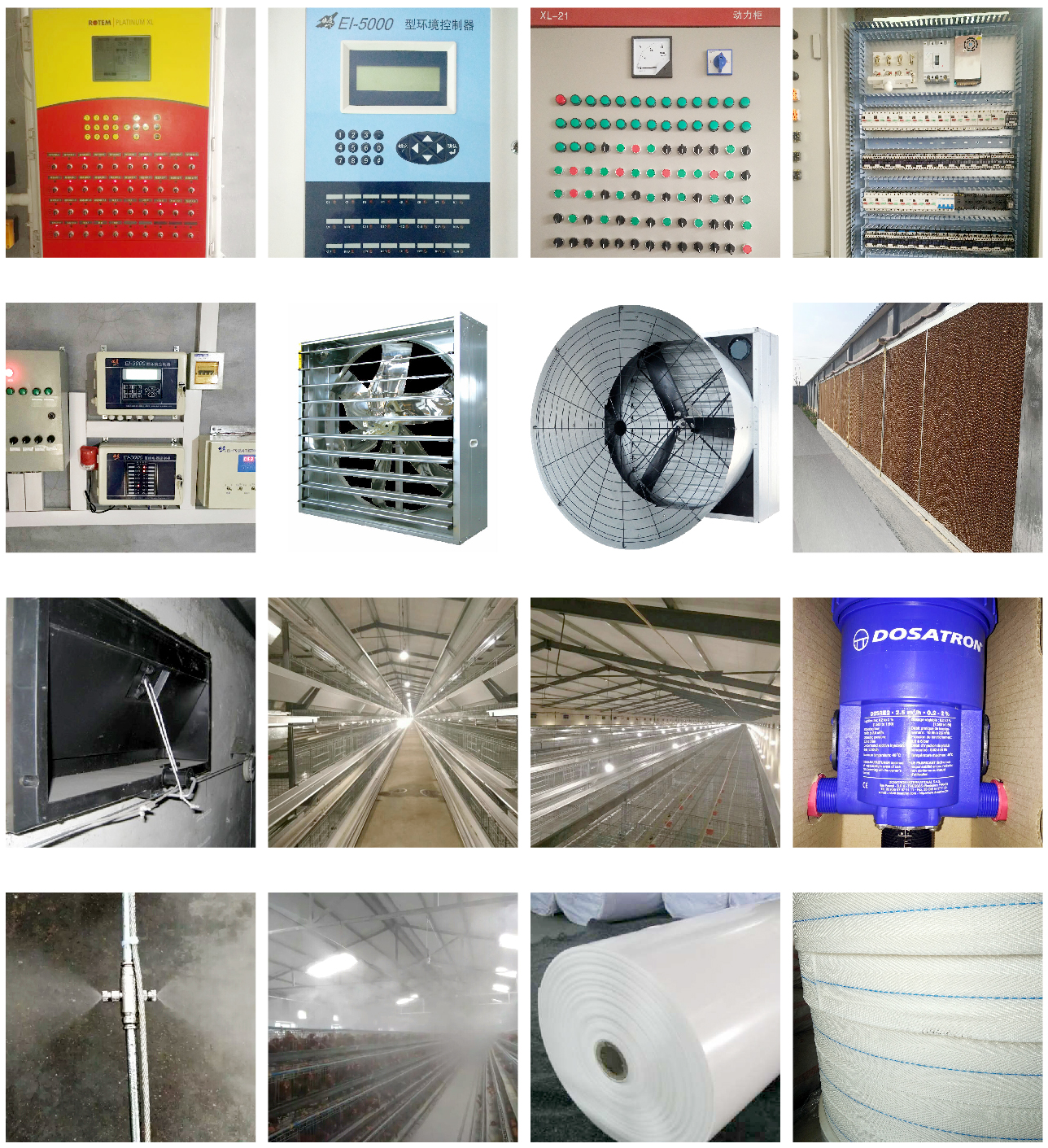
Complete Set of Equipment for Organic Fermentation Treatment of Manure


 Catalogue
Catalogue






























 WhatsApp
WhatsApp телефон
телефон